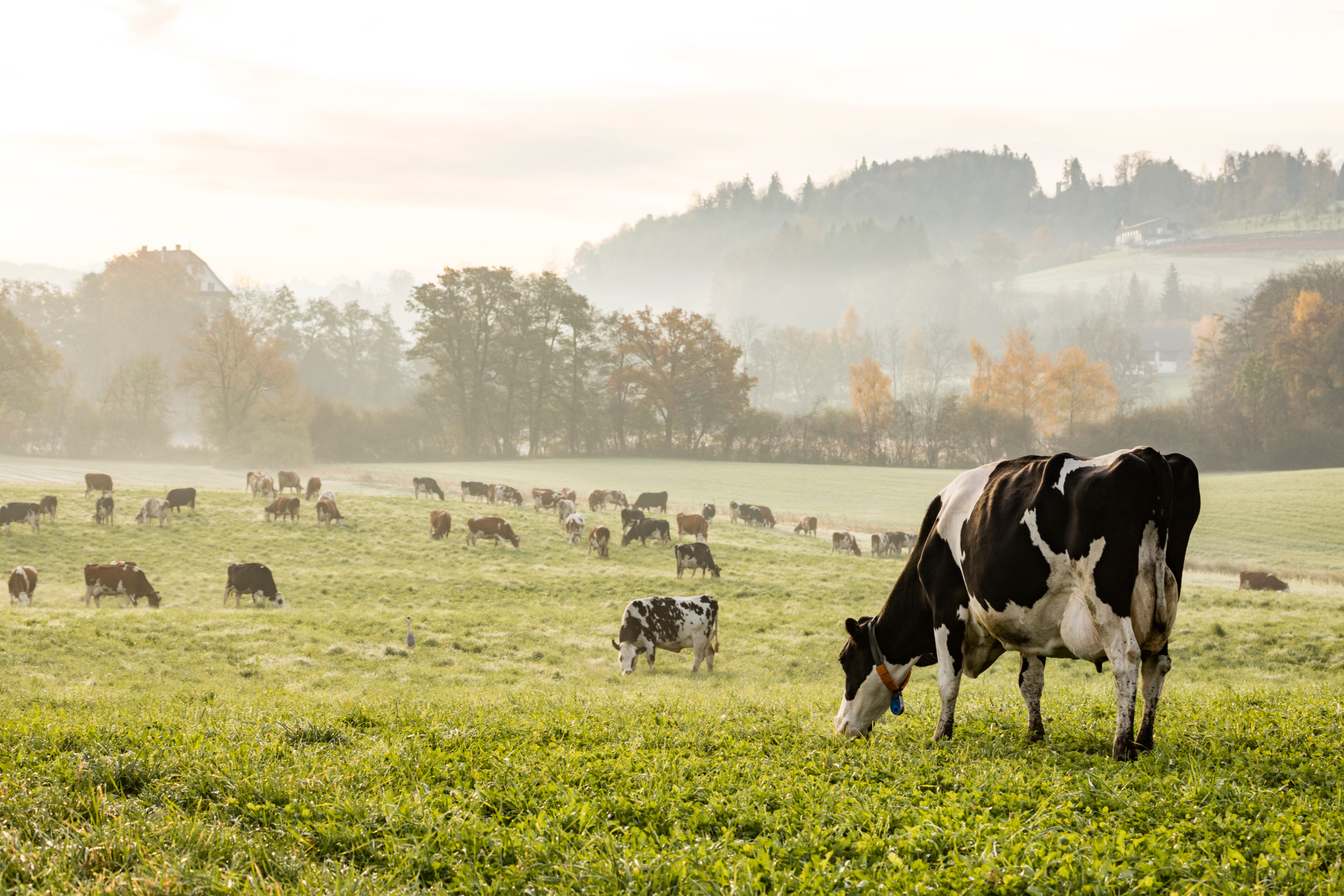This website uses cookies so that we can provide you with the best user experience possible. Cookie information is stored in your browser and performs functions such as recognising you when you return to our website and helping our team to understand which sections of the website you find most interesting and useful.
News
PVC Pipe: A Solution to Conveying Manure Renewable Energy
Ways to reduce greenhouse gas emissions are at the forefront of government affairs. The Biden administration’s goal is a 50-52% reduction in U.S. greenhouse gas pollution from 2005 levels by 2030. Methane is one of the leading greenhouse gasses that is being released. Methane is an abundant gas on earth that is starting to be used as a fuel alternative. Interestingly enough, cows are a large contributor to the amount of methane that is being exposed to the earth’s ozone.
With cow manure containing 60% methane, scientists have discovered the anaerobic digestion process, a way to convert manure into a renewable energy source. Anaerobic digestion systems have been created to help capture and transfer methane gas. And PVC pipe plays an integral role in the transfer of methane gas because of its non-corrosive properties.
Anaerobic digestion systems consist of large tanks that hold the collected cow manure. The manure is liquified and kept at 100 Fahrenheit, to match the temperature of a cow’s stomach. While in the tank, the acid in the manure is broken down into methane gas. The methane is then transported underground through a PVC piping system and used to power a turbine which generates electricity.
Some states are starting to push more for renewable manure energy to be used. In New York, there is a project underway called Bluebird Renewable Energy, which involves building two new pipelines. One PVC pipeline, approximately 5.5 miles in length, will collect methane from the anaerobic digestion systems from two dairy farms. The second PVC pipeline, approximately 1,500 feet in length, will transport the gas to a processing facility which will consist of systems that will purify, compress, meter, and ensure the quality of the processed gas.
While this project is still waiting to be approved, it is another great example of how PVC pipe is part of the solution to helping reduce GHG emissions.
To read more about the process of collecting and distributing methane gas, click here.


